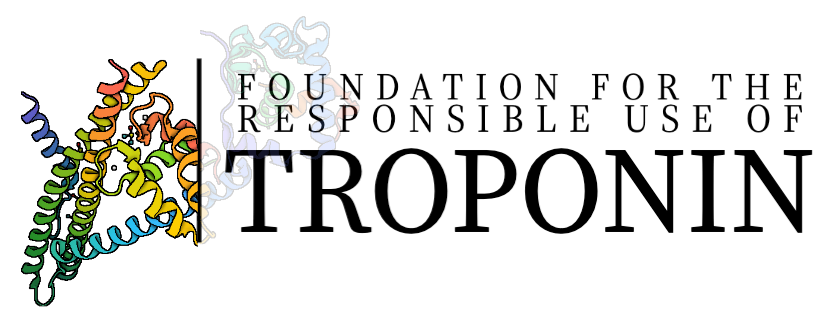High-Sensitivity Troponin I and Coronary Computed Tomography in Symptomatic Outpatients With Suspected CAD: Insights From the PROMISE Trial
Clinical question: Is there an association between hs-troponin levels and presence/severity of coronary atherosclerosis in stable symptomatic outpatients undergoing nonemergent coronary CTA for the diagnosis of suspected CAD?
What is known: The importance of hs-troponin in patients with ACS is well established but little is known about the meaning of hsTnI concentrations in stable symptomatic outpatients.
Methods: Clinical characteristics and CTA results (including coronary artery calcium [CAC] scores) were expressed across hsTnI quartiles. Determinants of hsTnI concentration were identified. Multivariable logistic regression identified independent predictors of obstructive CAD50 (>=50% stenosis in any vessel) and CAD70 (>=70% stenosis or >=50% left main)
Results/Implications: The median hsTnI concentration was 1.5 ng/l; nearly all (98.5%) subjects had measurable hsTnI, and 6.1% had concentrations >=99th percentile concentration for this assay (6 ng/l). Higher CAC scores, as well as more prevalent and diffuse CAD, was seen in upper hsTnI quartiles (all p < 0.001). Independent predictors of hsTnI concentrations included age, sex, and CAC score (all p < 0.05). After adjusting for demographic and clinical characteristics, log-transformed hsTnI concentrations were associated with obstructive CAD50 (odds ratio: 1.15 per interquartile range; p ¼ 0.02) and CAD70 (odds ratio: 1.25 per interquartile range; p ¼ 0.001).
Bottom-line: In stable symptomatic outpatients undergoing nonemergent coronary CTA for the diagnosis of suspected CAD, higher concentrations of hsTnI were associated with increasing presence and severity of coronary atherosclerosis.
